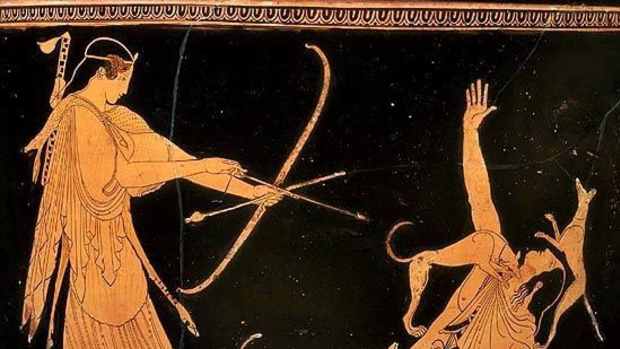Civil War Union Infantryman, Drills 1: The Linear Maneuvers

Read on to learn all about linear formation maneuvers that American Civil War troops learned during drills.
Drill Formations of American Civil War Armies
For command and control purposes, the armies of the American Civil War were drilled in linear formations to maneuver and fight. This was not a simple task. Lines of battle, usually two ranks deep, elbow to elbow, required that each infantryman know his place and, to a certain degree, the places of his comrades in the line. He needed to know how he must move as his unit maneuvered, and he needed to learn to follow orders by voice, bugle, fife, or drum.
The units were well controlled by the officers when in level, grassy fields and static positions: the officers could see their units clearly, from flank to flank, and communication of orders was fairly uncomplicated. However, combat in the mid-nineteenth century United States was not often in open farmlands. Heavily wooded areas, hills, ridges, swamps, creeks, rivers, etc., all proved to be major impediments to order in the ranks. Officers could not see the entirety of their units as they disappeared in the folds of land or within the trees, so units often fragmented as they moved.
When the smoke and din from hostile fire in combat were added to the equation, which further hindered sight and communication, it was little wonder that chaos soon reigned supreme over nearly every unit. Only the knowledge and discipline imparted to the troops on the drill grounds enabled units to maintain enough cohesion to continue to fight effectively throughout any engagement.
The Linear Maneuvers
The following guide to some of the most common infantry linear maneuvers will, I hope, bring to light the complicated nature of American Civil War combat tactics and remind readers that there was nothing simple about the jobs of the infantrymen in the ranks.
Height Order
The first order of business was to position the men in order of height, which will be explained in more detail later.
Command: "Fall-In, Company," “Fall-In, In Height Order,” or equivalent.
The tallest man to the smallest man, from the right of the line to the left, stand one behind the other in a single line, and face to the right.
Command: “Front.”
All men now turn to face to the front.
The commander often needed to align the men more exactly or to adjoin the unit with a neighboring unit, so his next order was to “dress” (properly align) the line.
Command: "Right, Dress."
Recommended
All men move to align on the indicated man or position that denotes the right flank of the line.
Command: "Left, Dress."
All men move to align on the indicated man or position that denotes the left flank of the line.
Command: "Center, Dress."
All men move to align on the indicated man or position that denotes the center of the line.
Form Company: The Line of Battle
In order to properly fight, the men needed to be formed into a line of battle. As mentioned, during the American Civil War, the combat formation for each company (the smallest operational unit) was a line of two ranks. In other words, two parallel lines, one behind the other, were known as the ranks, and the formation as a whole was called the line of battle. The rank that was in front was called the front rank, and the other was the rear rank.
Both ranks needed to be able to fire their weapons. Therefore, the rule to form the line of battle, as per the several manuals that pre-dated the War, such as "Section III. School of the Company: To Rank, Size, and Form the Company," in Abstract of Infantry Tactics, by Major General Winfield Scott in 1826, or "Title First, Article First: Formation of a Regiment in order of battle, or in line," in Rifle and Light Infantry Tactics, by Major William Hardee in 1855, was to make sure that each man in the rear rank was slightly taller than the man immediately before him in the front rank. This enabled the rear-rank men to safely aim their weapons without interference from the front-rank men. That was why the aforementioned height-order procedure was carried out.
A proper and fully functional line of battle required each of these components:
1) The men in each rank needed to have their elbows lightly brush against those of their neighbors.
2) The rear rank needed to be no more than 13 in. / 33 cm behind the front rank. This was roughly the length of a man’s forearm and hand. This distance allowed the weapons to be fired by the rear rank without undue hazard (from the muzzle blasts) to the men in the front rank.
There were different methods to form the company line of battle, dependent on the instruction manual that was employed. Here is one method, which comes from "Article IV. School of the Company: To form the Company," in Manual of Instruction for the Volunteers and Militia of the United States, by Major William Gilham in 1860:
Command: "In two ranks, form company. Left, face."
The men turn to face to their left. They are currently in one rank.
Command: "March."











